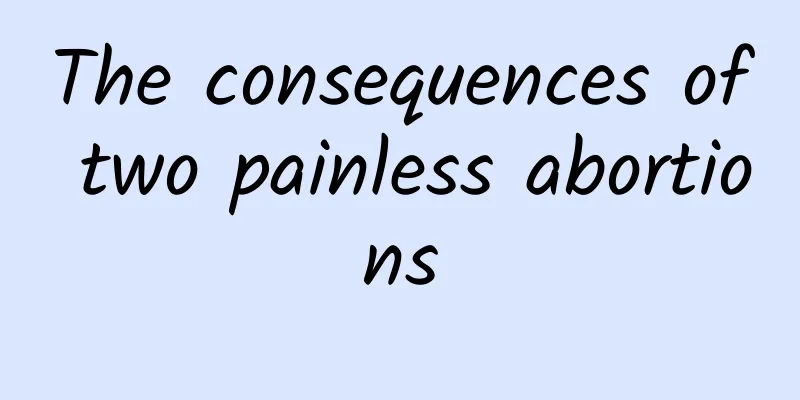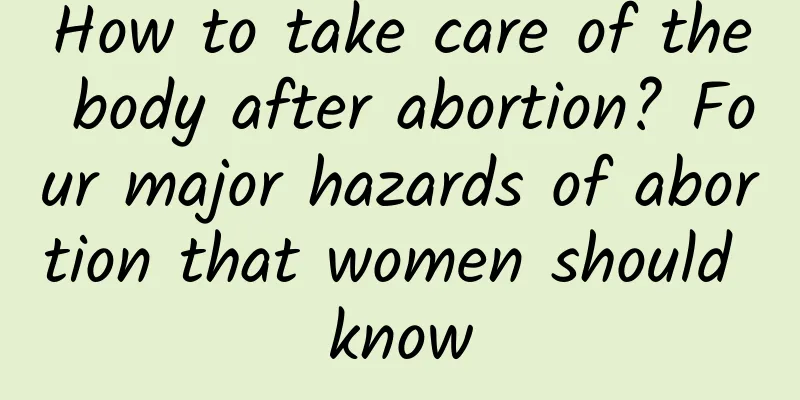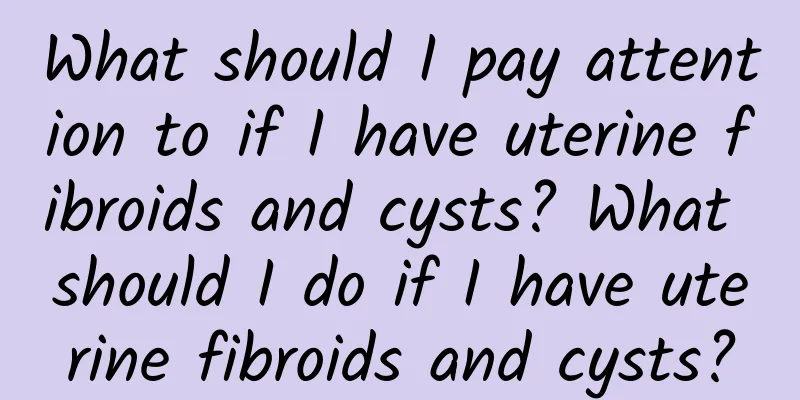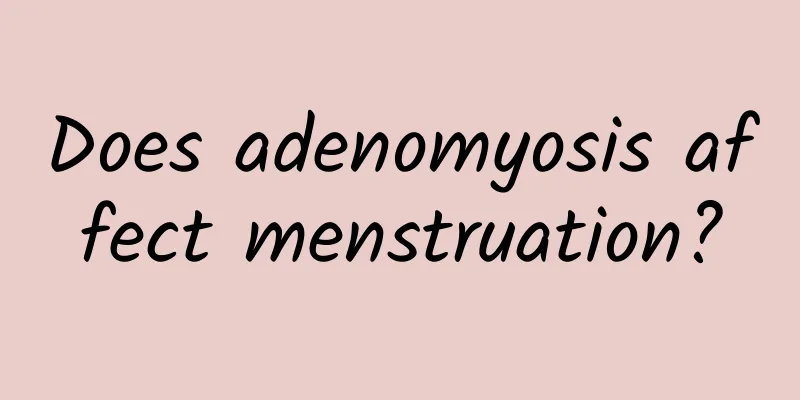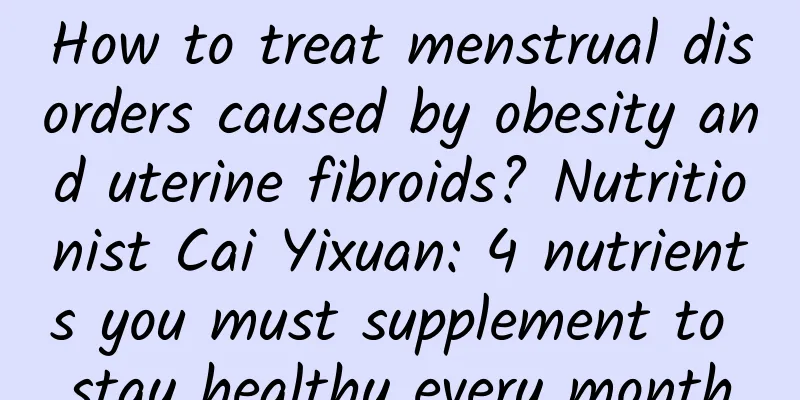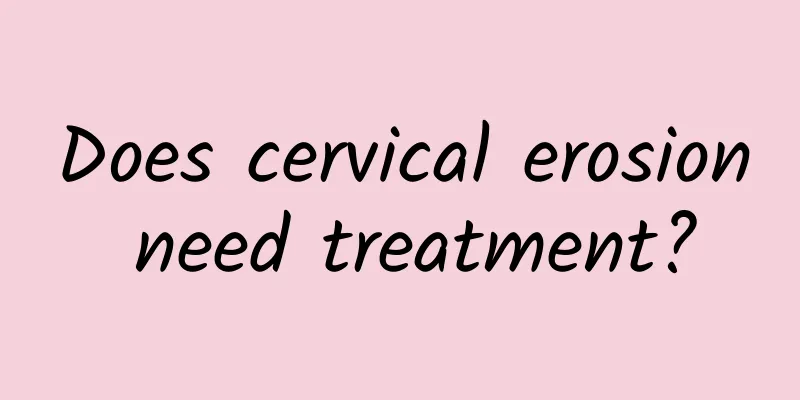How to treat uterine fibroids? Surgical treatment of uterine fibroids
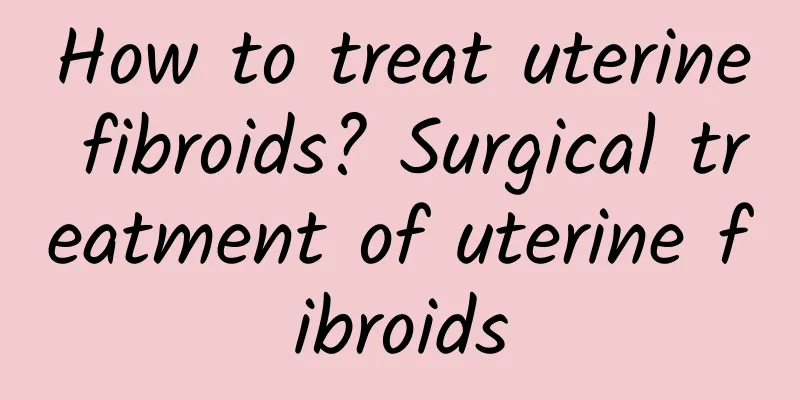
|
Uterine fibroids are common benign tumors of the female genitals. It can cause anemia, infertility, uterine bleeding, miscarriage, etc., so the harm of uterine fibroids cannot be ignored. So how to treat uterine fibroids? The size of fibroids varies greatly, from the smallest microscopic fibroids to full-term pregnancy; the symptoms also change, and due to childbirth, the growth site of the tumor is different, so there are many treatment methods. Generally speaking, expected treatment, drug treatment and surgical treatment. 1. Expectant treatment Expectant treatment has its unique advantages and is increasingly accepted. Expectant treatment is mainly suitable for women with a uterus <12 weeks of gestational size and no symptoms, especially those near menopause. They should be reviewed every 3-6 months, paying attention to uterine enlargement and, if necessary, ultrasound reexamination when symptoms occur. Otherwise, surgery can be used at any time. Literature reports that as long as there is sufficiently high-resolution ultrasound or ultrasound MRI, even fibroids with a follow-up of >12 weeks of gestational size can be treated expectantly. 2. Drug treatment Drug therapy is an important measure for the treatment of fibroids. Drug therapy can be considered: 1. Uterine fibroids are smaller than 2-2.5 months of gestational uterus, with mild symptoms and close to menopausal age; 2. Large fibroids need to maintain reproductive function, avoid too large uterus and too many incisions; 3. Myomas with excessive menstruation and anemia can be considered for surgery, but patients are unwilling to undergo surgery, 45-50 years old; 4. Larger fibroids are prepared for negative or laparoscopic, hysteroscopic surgical resection; 5. Correct anemia before surgery to avoid intraoperative blood transfusion and complications; 6. Myoma combined with infertility to shrink the fibroids and create conditions for pregnancy; 7. There are medical complications and surgery cannot be performed. Contraindications are: 1. Myomas grow rapidly and malignant changes cannot be ruled out; 2. Myomas are degenerated and malignant changes cannot be ruled out; 3. Submucosal fibroids have obvious symptoms and affect pregnancy; 4. When subserosal fibroids are twisted; 5. Myomas cause obvious compression symptoms, or myomas are incarcerated in the pelvis and cannot be repositioned. 3. Surgical treatment Surgery is still the main treatment for fibroids, which generally includes abdominal hysterectomy, cervical myomectomy, broad ligament myomectomy, hysteroscopic surgery, vaginal hysterectomy, etc. |
>>: How to treat uterine fibroids better? Common treatment methods for uterine fibroids
Recommend
Dysfunctional uterine bleeding may be a process leading to menopause
Ms. Zhao, 46 years old, had intermittent and co...
What happens if cervicitis is not treated? Get treatment in time
Cervicitis is a very common disease. It must be t...
Experts answer the symptoms of chronic adnexitis
Chronic adnexitis usually develops from acute inf...
Multiple uterine fibroids often cause a feeling of heaviness in the lower abdomen
Multiple uterine fibroids are common benign tumor...
What should patients eat after hysterectomy? How should patients replenish their body after hysterectomy?
After myomectomy, women's uterus will be affe...
A breakdown of some symptoms of vaginitis
Vaginitis is very common in life, and many people...
Can excessive soy milk cause infertility? Doctor: Moderate intake has many benefits
Foreign media reported that animal experiments on...
Prevention of threatened abortion should not be taken lightly
Pregnancy is the most important event in a woman&...
8 high-fiber foods to help you get rid of belly fat
[Key points]: Dietary fiber can help digestion, o...
Several infection routes of bacterial vaginosis
Understanding the transmission routes of bacteria...
Nutrition without burden! DIY celery fried chicken light lunch box, only 400 calories
【Bento side dishes: Stir-fried chicken with celer...
How to detect adnexitis
Adnexitis can be diagnosed through gynecological ...
Aphrodisiacs sell for 1.2 billion yuan a year! People should pay attention to drug safety
Last year, Taiwan’s aphrodisiac market sold 1.2 b...
Can fasting for breakfast help you lose weight? What a big misunderstanding! Doctor: Three principles of healthy breakfast can help you lose weight and stay away from diabetes
Will you get fatter or thinner if you skip breakf...
Pay attention to the three early symptoms of adnexitis
I believe everyone should be familiar with adnexi...
